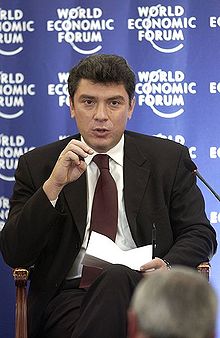By Lyndsey Kelly
Impunity Watch Reporter, North America
WASHINGTON, D.C., United States of America – A recent report has found that the Chicago police department has been operating an off-the-books interrogation compound. The facility was described as a warehouse on Chicago’s west side known as Homan Square. The facility has been described as the domestic equivalent of a CIA black site.

The warehouse is said to contain interrogation cells, and a cage. Police at the site reportedly carry heavy military gear and according to the Guardian, police practices at Homan Square include: keeping detainees out of the official booking databases, beatings by police, shackling for prolonged periods, and denying attorney’s access. Additionally, it has been reported that armored tanks are parked outside the facility.
Individuals taken to Homan Square are not booked, and thus do not have a searchable record indicating where they are located. Therefore, lawyers and relatives are unable to gain access to the detainee. Additionally, lawyers who have attempted to gain access to the warehouse have been turned away. Many local attorneys have states that the operations taking place at the Homon Square location deny the detainees basic constitutional rights. Two attorneys who were admitted access inside Homon Square told the Guardian that the police working at the Homon Square location purposefully withheld information to the individuals housed there regarding there whereabouts.
Brian Jacob Church, who was arrested at a protest in 2012, was detained at the Homan Square location for 17 hours in handcuffs and ankle restrains. He told the Guardian that he was not sure if he would ever be released, stating “Essentially, I wasn’t allowed to make any contact with anybody.” Church also states that while he was being interrogated, he was not read his Miranda rights and was not permitted to call his lawyer for hours after his original arrest.
Homon Square is concerned with more than just terrorism. It is said to focus on poor black American citizens. There is also alleged to be several special units, which operate exclusively to investigate drugs and gangs.
For more information, please see the following:
ALJAZEERA – Chicago Police Slammed For Hidden Interrogations – 25 Feb. 2015.
BUSINESS INSIDER – Chicago Police Are Detaining Americans At An Abuse-Laden ‘Black Site’ – 24 Fe. 2015.
THE GUARDIAN – The Disappeared: Chicago Police Detain Americans At Abuse-Laden ‘Black Site’ – 24 Fe. 2015.
NEW YORK DAILY NEWS – Chicago Police Detain Americans in ‘Black Site’ – 25 Feb. 2015.
